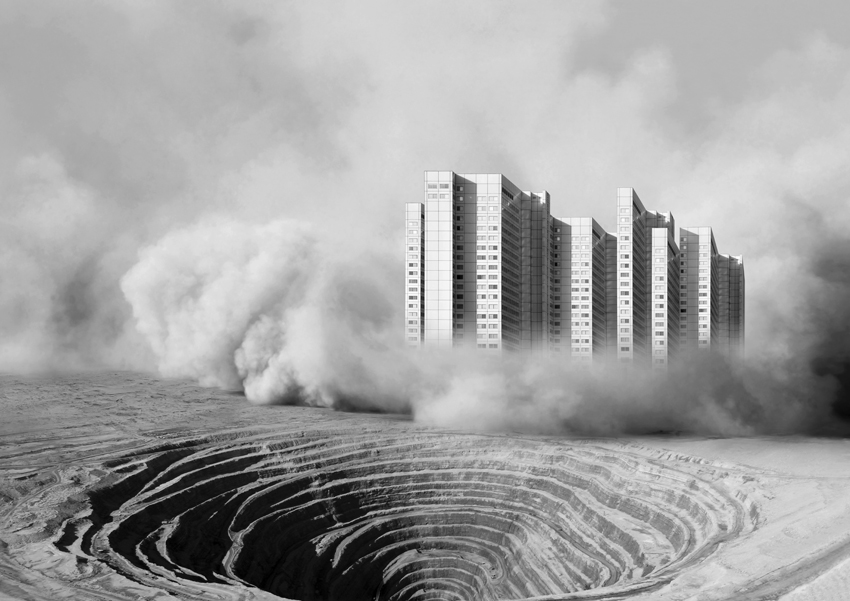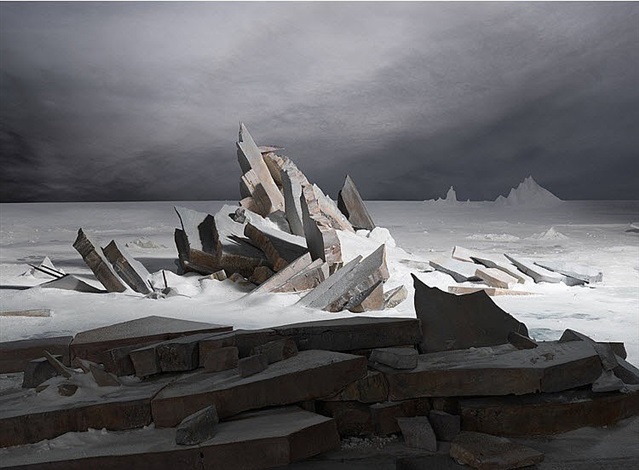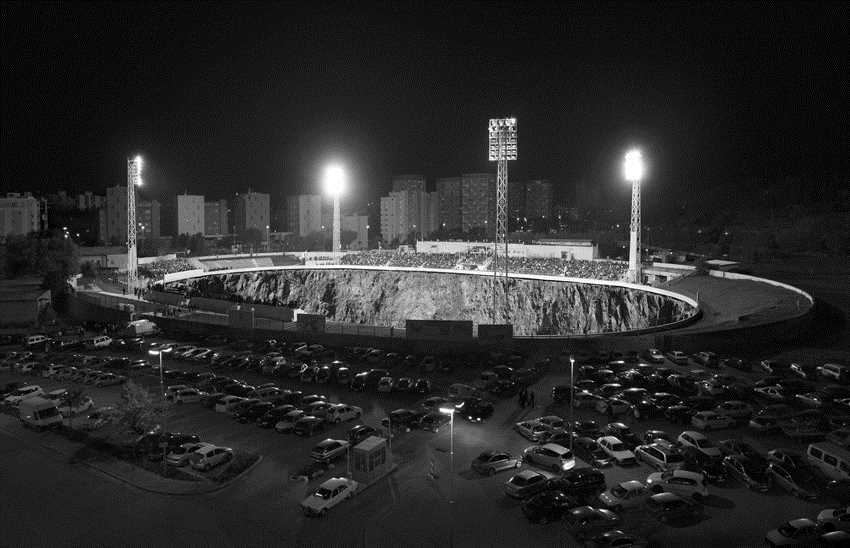This week we will be looking more closely at the concept of altered landscapes.
You may choose to employ a range of creative techniques (digital and traditional) to create your environments…
- Photographing changed, changing or altered landscapes
- Creating altered landscapes by combining a range of images in Adobe Photoshop
- Using cut-n-paste techniques and printed matter (from photos, magazines, print-outs, newspapers etc)
You may already have a range of suitable images to start your designs…but will need to conduct a range of photo-shoots to ensure that you have enough high quality images to work from:
Here are some examples to help inspire your ideas…










CLICK HERE to research Vassilis Konstantinou’s “unintentional sculptures”
CLICK HERE to research “new landscape” photography
CLICK HERE to find more examples of cut-n-paste ideas…
Essential Blog Posts This Week…
- Research Altered realities,
- Hannah Hoch and the early pioneers of photo collage / montage
- A Case Study on your chosen photographer (plus analysis of a key image)…show how this has inspired your ideas and process
- Your images, process, editing, selection, final outcomes and evaluation
HANNAH HOCH INTRO CLICK HERE
EXTENSION TASK
Research the work of Joan Fontcuberta…
One of Spain’s most prominent artists, Joan Fontcuberta is best-known for his exploration of the intersection between art, science, and illusion. In Landscapes without Memory, an exhibition of forty large-scale works made between 2002 and 2005, Fontcuberta harnesses a piece of landscape-rendering computer software designed for the military, which creates photo-realistic three-dimensional models based on two-dimensional sources. For his Landscapes of Landscapes series, the focus of the Aperture exhibition, Fontcuberta feeds the software images of famous paintings and photographs by Turner, Cézanne, Rothko, and Carleton E. Watkins, among others, forcing the program to interpret the landscape masterworks as “real.” The contours and tones of the pictures are transformed into three-dimensional mountains, rivers, valleys, and clouds—baroque, fantastical landscapes void of human existence that tap into our desire for unattainable paradise. Thumbnails of the original images are shown next to Fontcuberta’s work.
Through his artistic process, Fontcuberta creates new landscapes that, despite their “postcard perfect” resonance, are purely fictional and can never be experienced in nature. The result is “landscapes without memory.”
- Why do you think Fontcuberta creates “photography” in this way…?
- How does Fontcuberta’s work compare to the work of James Casabere ??? (below)
- “The photographs that put artist James Casebere on the map are chilling. Like an architect, he builds a highly detailed model. But instead of turning the model into a life-size construction, Casebere zeroes in on the nano-details of the space and then photographs it to create his “constructed photography.” In the past, he has built and then photographed empty spaces, from miniature prison cells to flooded rooms to suburban homes that recall the housing crisis. To call these sparse, meditative images haunting, with their careful placement of light and shadow, is an understatement.”

James Casabere (after Friedrich)

